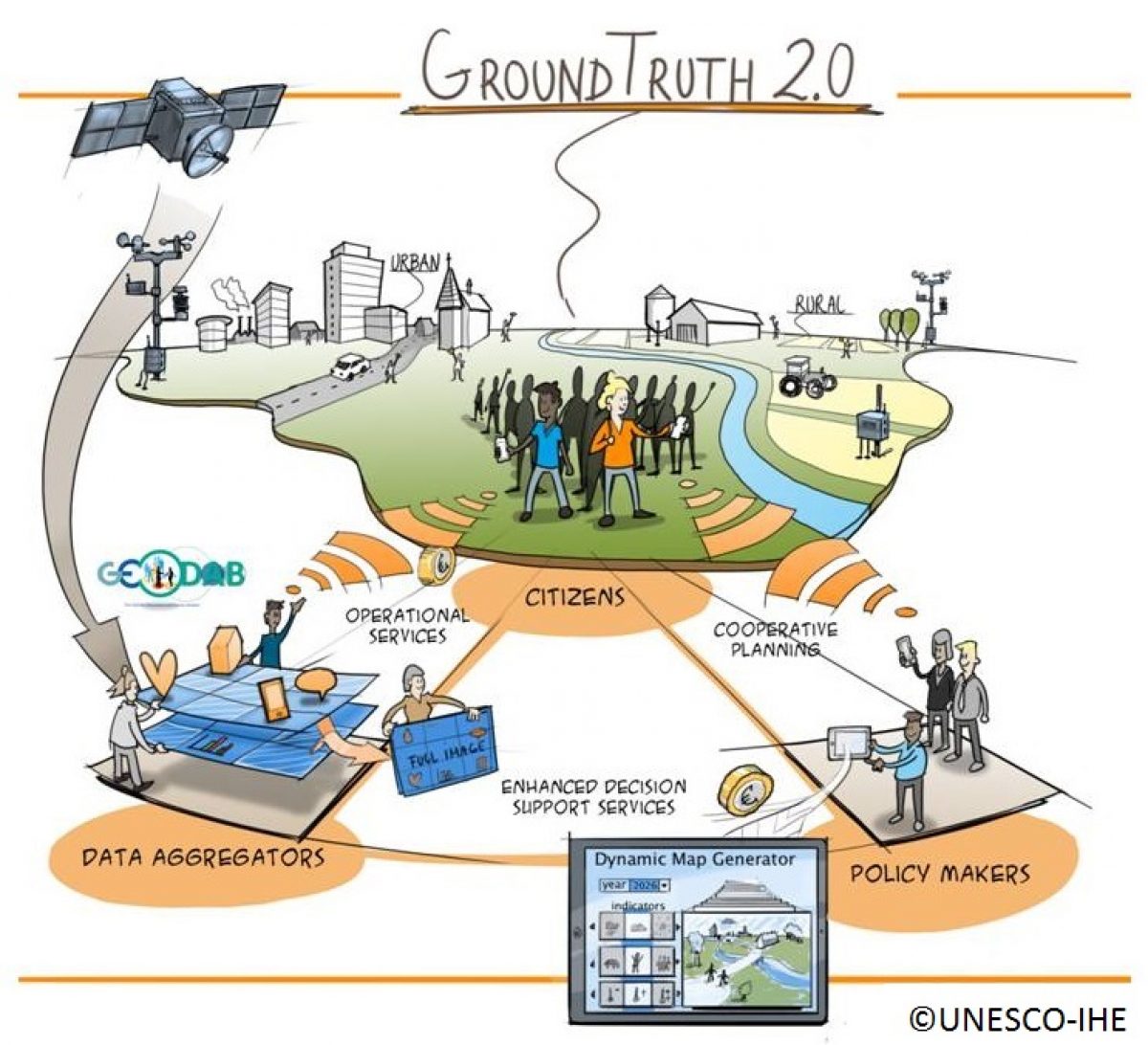Ground Truth 2.0
Citizen science is on the increase. Using their own observations and mobile devices, citizens can provide a new data stream of local information about their environment, complementing existing systems and data sources.
Ground Truth 2.0 was a 3-year EU funded project that set up and validated six citizen observatories in real conditions, in four European and two African demonstration cases. The project demonstrated that such observatories are technologically feasible, can be implemented sustainably and that they have many societal and economic benefits. The ultimate objective was the global market uptake of the concept and the enabling technologies.
The thematic focus of Ground Truth 2.0 was on flora and fauna, as well as water availability and water quality, for land and natural resources management. The project used mobile apps and social media analytics to collect explicitly and implicitly-sensed citizen data. As such, citizens were enabled to share data about the environment and to take on a new, crucial role in environmental monitoring, decision making, cooperative planning and environmental stewardship.
Ground Truth 2.0 recognised the importance of real-life interaction between people and technology to set up a successful system. Its innovative approach combined the social dimensions of citizen observatories with enabling technologies, so that the implementation of the respective citizen observatories was tailored to their envisaged societal and economic impacts.
Ground Truth 2.0 built on previous projects related to citizen observatories, earth observation and land-use modelling, undertaken with the participation of Ground Truth 2.0 consortium partners. The consortium partners presented a good mix of industry, SME, NGO, government, research and academia to ensure the worldwide commercialisation of the Ground Truth 2.0 concept.
Ground Truth 2.0 was led by Dr. Uta Wehn, Associate Professor of Water Innovation Studies at IHE Delft, and ran from 1 September 2016 to 31 December 2019.

